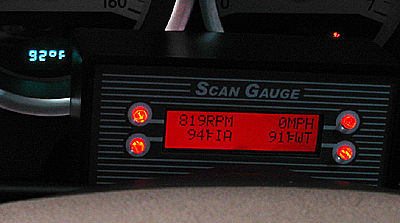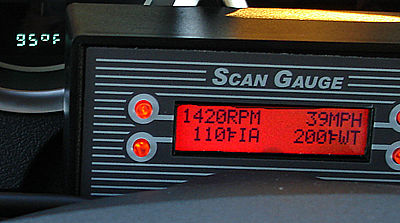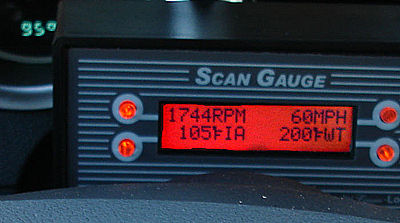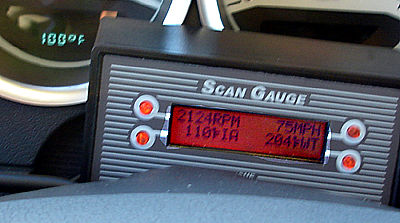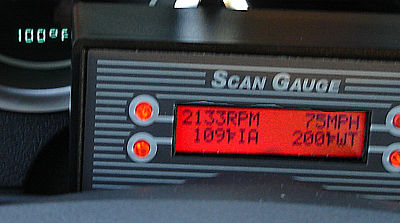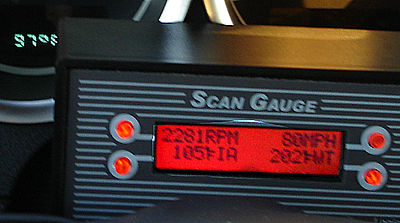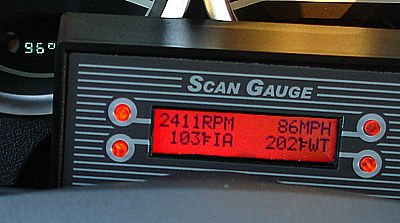
Intake Test 6
Dodge Magnum Modifications - Heat Shield Removal
|
Test Date: June 23rd, 2006 Test Course: 40 miles on a closed circuit course. Test Conditions: 92-100 degree California summer heat (dry). Testing Instruments
These were the last in the series of tests using the Frankentake I. They measured air from the inside of the intake, directly off of the engine's Intake Air Temperature (IAT) sensor, which the vehicle's engine management system uses directly. Round 1 illustrated temperatures from the top of the air filter. Rounds 2 through 5 collected readings on the front side, back side (facing the engine), near-bottom and at the end cap of the filter in an attempt to find heat at any point where air is ingested into the system. This test would cement the earlier tests or cast them into doubt based on whether the actual vehicle IAT sensor agreed with the external sensor readings. 48 individual samples were collected across the entire test.
|
|||||||||||||||||||||||||||||||||||||||||||||

Matt Robertson

